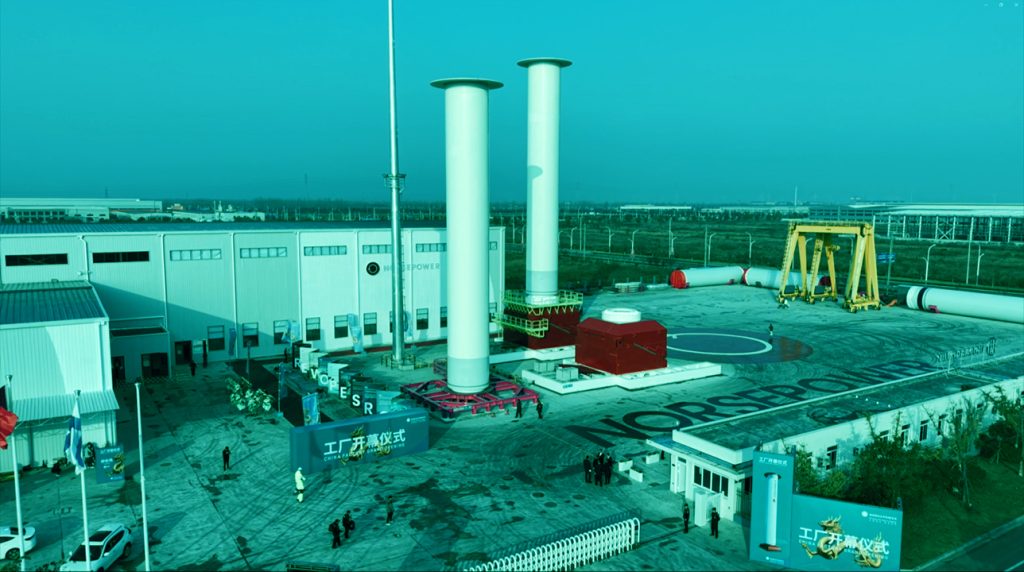About deliveries
Utilising the expertise we have gathered since 2012, delivering Norsepower Rotor Sails™ is a routine procedure for us. Our services cover all phases of a project. These range from the case study and simulations to the actual delivery and commissioning of the product. Each project is planned according to our client’s specific needs and preferences. After commissioning, the Norsepower maintenance team will make sure that the product is always in optimal condition and ready to face the rough seas.
Case study phase
We start the cooperation by familiarizing ourselves with your fleet. We select the vessels with the best business case for you by analysing e.g. the sailing schedule, time at sea ratio, geographical operation areas, and speed of the potential ships. Using our expertise, the global wind data and our advanced simulations, we then produce a Case study made specifically for you. In it we estimate your fuel savings, emission reductions, and the payback times of yout vessel or fleet. The estimates in these Case studies have been found to be extremely accurate when later compared to the later actual, real-life measurements and business results.
The optimal number, model, and locations of Norsepower Rotor Sails™ are based on the following vessel-specific factors
- Available deck space
- Aerodynamic properties of the vessel
- Steel structures on and below the deck
- Vessel stability
- Cargo operations
- Visibility from bridge
- Radar and navigation light requirements
- Safety requirements
Send your ship information to us for a case study
Send your ship info for case study
Manufacturing phase

Norsepower holds a considerable patent portfolio related to the manufacturing of Norsepower Rotor Sails™, ensuring we provide the highest quality and most reliable products. Our own rotor sail factory – the first in the world – guarantees that we have full control over the manufacturing phase – and that we can work according to our ambitious quality, safety and sustainability standards.
We utilize advanced manufacturing techniques and rigorous quality control measures to produce the product. The process includes close collaboration with trusted suppliers and partners to ensure timely delivery and installation.
Installation phase
Foundations are used to mount Norsepower Rotor Sails™ to the ship’s deck. Tiltable and fixed options are available. Due to the considerable thrust they create, the foundations will have to endure considerable loads. Installation onboard is done by the shipowner and/or shipyard. Technical specifications for the typical foundation are provided by Norsepower. Installation of the foundation is most conveniently done during a regular maintenance docking.
Steel structure modifications and installation can typically be done in 7–14 days. If necessary, part of the work can be done during sailing. Automation system components (incl. sensors, Norsepower Control™ panel, optional monitoring panels) and the power and automation system cabling, are best installed while the ship is at a maintenance dock. If the maintenance docking period is short, part of this work can also be done while the ship is in operation.
Typical installation time, including completing of mechanical and electrical connections, is 6–12 hours per rotor sail when all other preparations are ready.
Commissioning Phase
After the installation phase, our commissioning engineers ensure the product is fully integrated with the vessel. Any necessary customisation of the control system is also carried out at this stage. Once commissioning is complete, fine-tuning continues based on over 1,000 data streams from each vessel. At this point, responsibility for operational support transitions from our Project Delivery unit to the Fleet Operations and Services unit.

